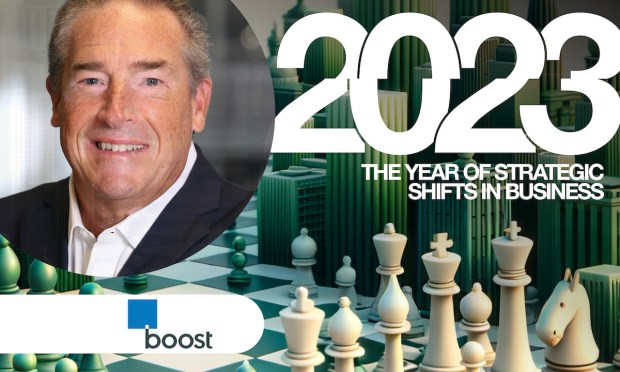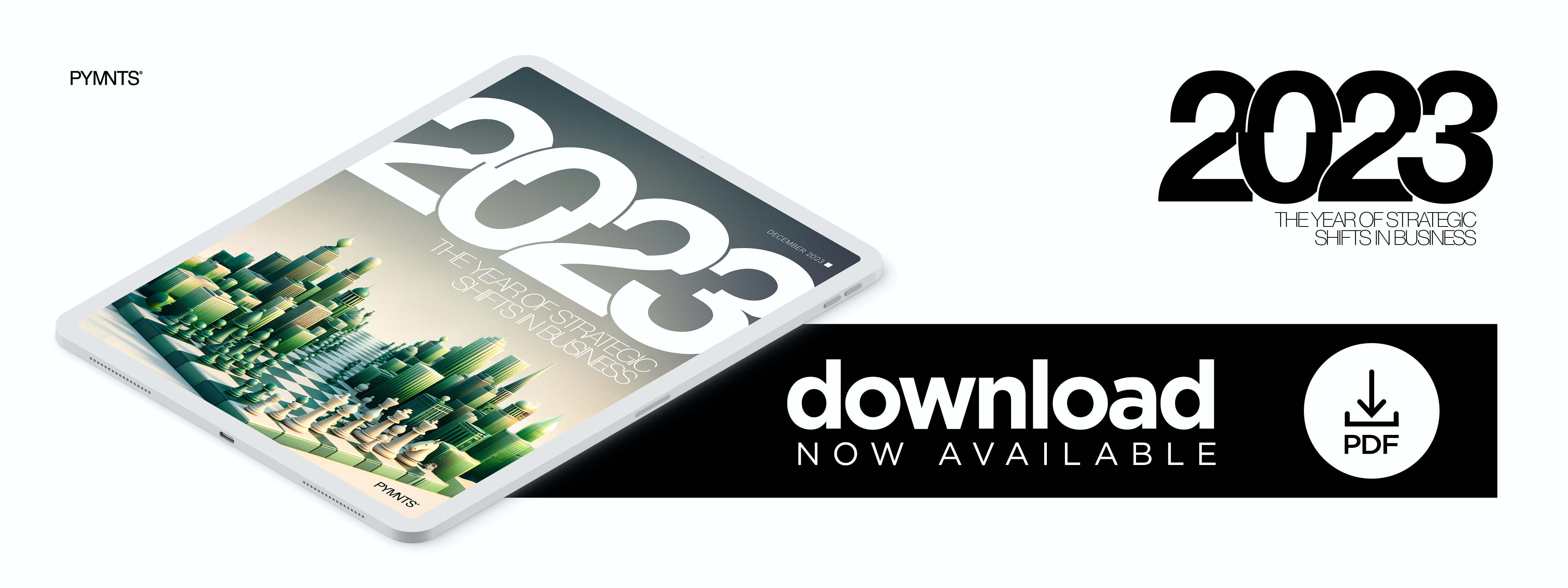Commercial Cards Evolve as Working Capital Takes Precedence

PYMNTS asked industry executives across the payments and digital commerce landscape to give us their take on the pivotal shifts, technological advancements and strategies that have shaped business in 2023. Their responses show critical trendlines to watch in the new year. Dean M. Leavitt, founder and CEO at Boost Payment Solutions, sees a trend of commercial cards being used as a tool for working capital.
We’re calling it now: 2024 is going to be “The Year of the CFO.” The unprecedented rising rate environment in 2023 created opportunities for savvy chief financial officers to revisit their B2B payment strategies and take a new approach to their payment toolkit.
One of the main trends we have seen that will have an impact in 2024 is redefining the role of commercial cards as a tool for working capital. In the pursuit of optimizing financial strategies, corporations are increasingly prioritizing working capital. This trend signifies a paradigm shift from previous decades when rebates held allure for corporate cardholders. The pendulum has begun to swing, with buyers now willing to forgo rebates in favor of extending their days payable outstanding. The driving forces behind this shift are the escalating cost of borrowing, coupled with the scarcity of credit, which have prompted corporations to reassess their priorities. Working capital considerations have taken precedence, reflecting a strategic move toward enhancing financial stability and flexibility.
In rethinking the role of commercial cards, we are also seeing a fundamental change in the cost structure of these payments. A notable shift that has emerged is the trend toward sharing the responsibility for transaction costs. While historically, sellers bore the brunt of these costs, the upcoming year will witness more buyers covering some or all of the transaction costs. The commercial landscape is evolving toward a more equitable sharing of credit card transaction costs, with the size and respective leverage of the entities playing a pivotal role in determining the extent of this shared responsibility. The essence of this trend lies in a newly emerging reevaluation of the value proposition for each party involved in the transaction. This change is also being influenced by laws and regulations allowing for such sharing, particularly in regions where it was previously prohibited.
The cost structure isn’t the only element of commercial card transactions that is going hybrid. We are also seeing a high level of interest in multi-modality payments. Specifically, there is a lot of buzz around card-to-account solutions that allow buyers to pay using their commercial card while their suppliers receive their revenue through an account transfer. While this functionality has been in use in the consumer and small- to medium-sized business markets for some time, it is relatively nascent in the large enterprise segment. Boost recently added the designation of Business Payment Solution Provider to its credentials, allowing us to offer this functionality as a core part of our new Boost 100® solution set. In 2024, we will use card-to-account and other technical innovations to empower our enterprise-level buyers with the tools they need to pay 100% of their suppliers with their commercial card, regardless of the supplier’s willingness to accept cards.
These trends further underscore the need for businesses to remain agile in 2024, while they embrace innovative solutions that align with the evolving needs of the B2B ecosystem. By staying attuned to these critical trendlines, we can empower businesses to thrive in an ever-changing economic landscape.


